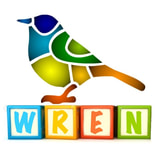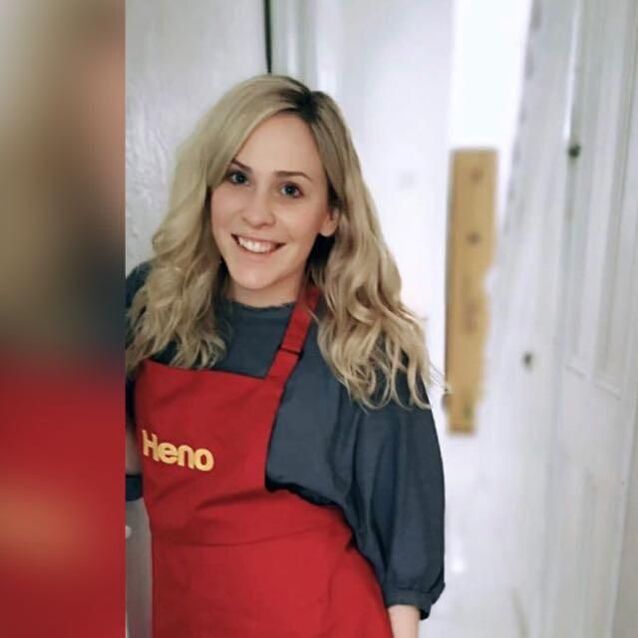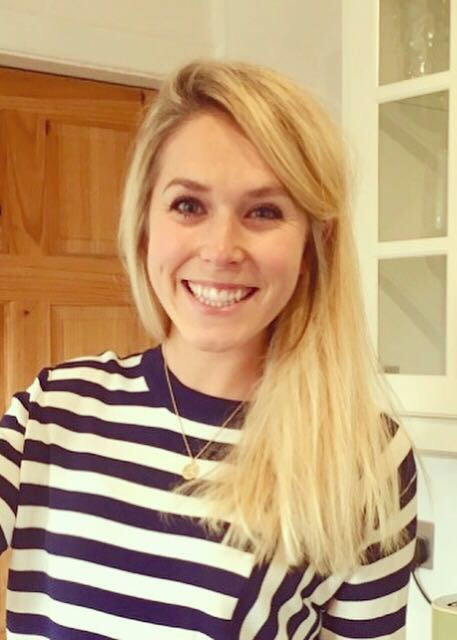|
Dr Tom Cromarty Editor Interests: Paediatric Emergency Medicine, Medical Engagement and Leadership, Simulation, Quality Improvement, Research Twitter: @Tomcromarty |
Welsh Research and Education Network
WREN BlogHot topics in research and medical education, in Wales and beyond
Dr Celyn Kenny Editor Interests: Neonates, Neurodevelopment, Sepsis, Media and Broadcasting Twitter: @Celynkenny |
|
Guest Blog from Dr Emily Shand I thought I knew what Paeds Palliative Care was. I thought it would be sad, but I would find the positives in knowing we were doing all we could in a sad situation. I thought it would be a really emotionally challenging job, and I thought I needed to try it to see if it was something that I could do as a career/special interest. So I volunteered.
Paediatric Palliative Care was a breath of fresh air to me. I had the time to think, reflect and give patients and their family my time. We didn’t have vast numbers of patients to get through on any given day. But those we did have, needed time. As the registrar I was based in the hospital most days, but most of our patients were in the community. We had a big list of active patients, most of whom I never met in person. My working week was sparsely timetabled allowing plenty of time for community visits, MDTs, admin and even reflection, tutorials and learning. I would come in each morning, sit with a cup of tea (oh the joy!) and find out which of our patients were admitted in the hospital. I would catch up with the specialist nurse and either together or alone I would do a ward round. Usually this was touching base with the family, liaising with the team, and symptom reviews or Advanced Care Plan discussions. The families really appreciated someone from the Palliative Care Team being there – even though I didn’t necessarily know the family initially, I was a member of a team who really knew their patients well and therefore a link to this support network. I would do a weekly round in Ty Hafan, the Children’s Hospice, with the consultant. Most of the children were there for respite, so were very well and enjoying life. Seeing the children in Ty Hafan really highlighted to me that we can get a completely different view of a child by only seeing them acutely unwell in the hospital. One stark example was a child I saw when doing an acute General Paeds shift overnight who was thought to be end of life on the ward. He was transferred out to the Children’s Hospice where I saw him again a week later – snuggling in bed with his pet dog - although minimally mobile and outwardly inexpressive, clearly getting joy from his companion. Children and their families are often so much more relaxed in the hospice environment - clearly happy and comfortable. It's hard to remember this when you only see them on the inpatient ward or unwell in the assessment unit. My experience in Palliative Care has definitely opened my eyes wide. I learnt about the common symptoms, how to assess the cause, and how to tailor the management holistically for that individual. I revised some pharmacology and gained confidence in prescribing symptom control medications, but realised drugs weren’t the only solution, and thinking outside the box was needed. Pain is so much more than just physical. Difficult conversations became more normal. I realised that often it is more difficult in anticipation, but when talking to the family it felt almost natural to discuss death and dying – they had been thinking it anyway. We had the luxury of longstanding relationships with these families, and the most wonderful nurse specialists who knew how much to say, when, and just how to say it. I learnt so much from being with them. Paediatric Palliative Care is not solely end of life care. It is being there, supporting children, families and their medical/nursing teams through the ups and downs of their condition. It is holistic care. If you ever get the opportunity to have a taster in Paediatric Palliative Care, whether it is a day or one of your rotations, the fantastic team of doctors, specialist nurses and the huge number of support staff will welcome you and I can guarantee you will learn more than you ever imagined you would.
1 Comment
|
Editors
Dr Annabel Greenwood Categories
All
|






 RSS Feed
RSS Feed
